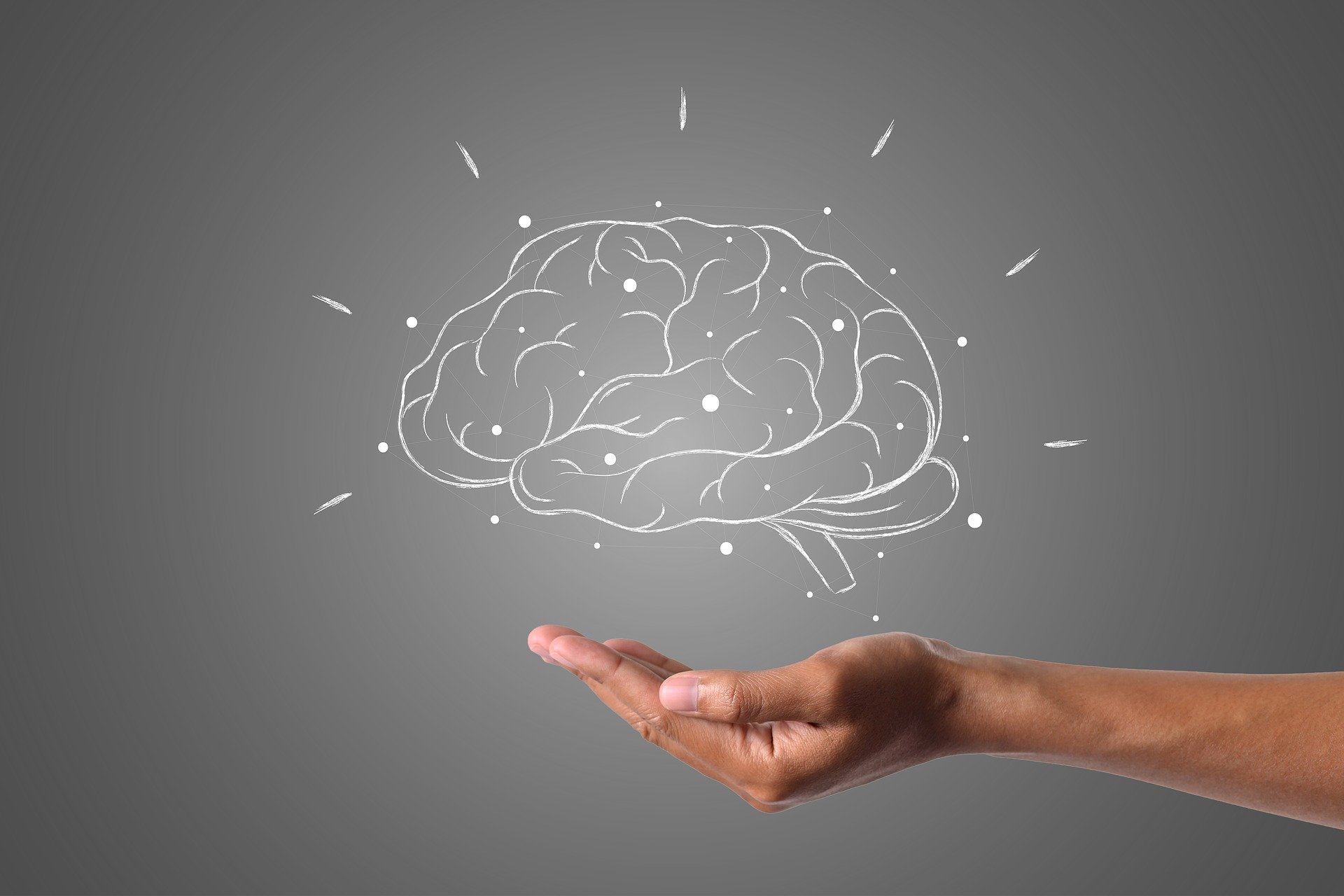Dissociative states are usually described as a feeling of disconnection from reality or an out-of-body experience. Most often, these altered states of consciousness are reported by people who suffer from narcolepsy or epilepsy.
A perfectly healthy person can also experience dissociation or an out-of-body experience in lucid dreams or under the influence of anesthetics. The neurological basis for this phenomenon, however, remains a mystery to scientists.
In September 2020, the scientific journal Nature published an article by researchers Sam Vesuna and Isaac V. Kauvar from the Department of Bioengineering at Stanford University, which identifies the brain rhythm underlying dissociative states – a scientific first.
In a laboratory experiment, the scientists injected mice with a number of drugs that cause dissociation. In response to these drugs, increased neural activity in a specific area of the brain was recorded. The animals also showed signs of dissociation – they did not run away from threats or try to escape when picked up by the tail, indicating that they were not aware of their bodies or the surrounding circumstances.
The scientists were able to confirm a similar result in a patient suffering from epilepsy. With the help of implanted electrodes, a similar activity of frequencies in the posterior medial cortex was found. The participant experienced signs of being in a dissociative state before the epilepsy attack.
The area of the brain in question is known to be important for a variety of cognitive functions, including episodic memory and orientation. While it is too early to draw definitive conclusions from this initial experiment, this research direction can have far-reaching implications for neurobiology and the treatment of dissociative disorders.




